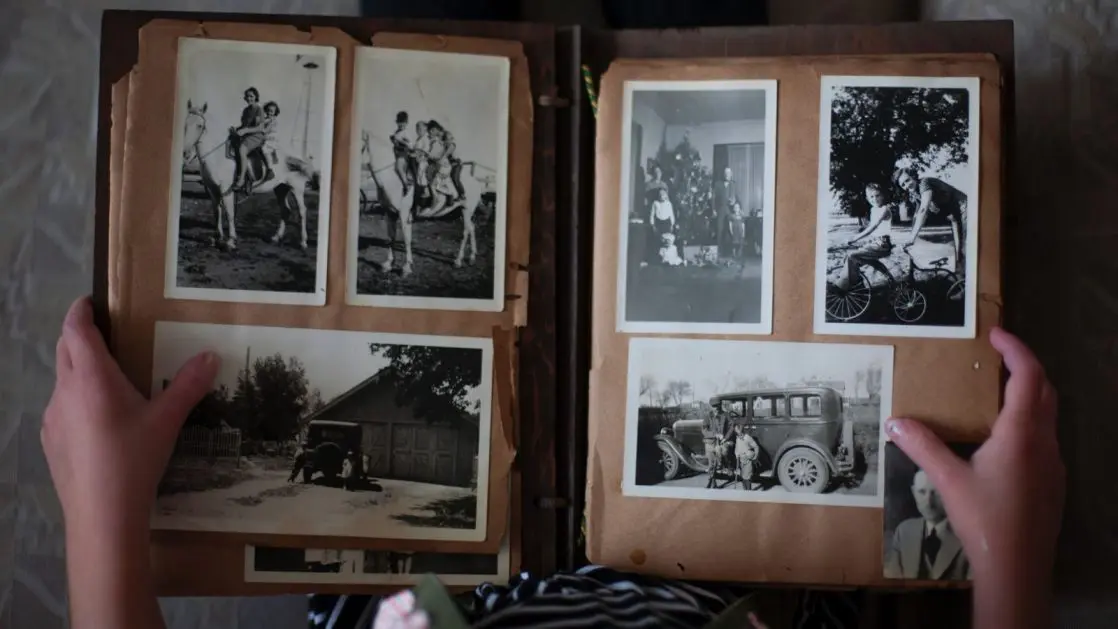
The Labyrinth of Memory and Aging
Understanding the Impact on Seniors
Memory and aging is a profound facet of our human experience, a treasure trove filled with life’s stories and cherished moments. As we journey through life, memory, like an ever-evolving tapestry, undergoes transformations, especially as we age.
Understanding the ways memory changes as we get older can help us learn if our memory lapses are a normal part of our aging, or a concern such as Alzheimer disease.
The Fragile Threads of Memory
Memory, in all its complexity, encompasses various types, including short-term memory and long-term memory, functional memory and sensory memory. It is our brain’s ability to encode, store, and retrieve information, and it weaves the fabric of our life experiences together.
Encoding
When we encounter new information, our brains work tirelessly to transform it into a format that can be stored for future retrieval. This process involves various regions of the brain working in harmony to make the information coherent and accessible.
Storage
Once information is encoded, it’s placed within our long-term memory. These memories are stored in different regions of the brain, each with its own role in preserving specific types of experiences. Some memories are vivid and easily accessible, while others are buried deep, waiting for the right cues to resurface.
Retrieval
This is the process by which we bring stored information back into our conscious awareness. When we recall the taste of our favorite childhood dish, the smile of a loved one, or the lessons we’ve learned throughout life, we are pulling these fragile threads from the depths of our memory banks.
Interconnection
Memory threads are not solitary entities; they are interwoven, creating a rich tapestry of associations. One memory can trigger a cascade of related memories, creating a web of interconnected experiences that enrich our understanding of the past.
Emotion
Feelings and emotions weaves through our memories. Emotion enhances memory consolidation, making emotional experiences more vivid and long-lasting. Happy moments, achievements, and even challenging times are all colored by the emotional threads that tie them to us.
Fragility
The fragility of memory becomes apparent as we age. Just as a delicate thread can wear and fray with time, memory too can be affected. The threads may weaken, leading to occasional lapses in recall or the misplacement of minor details. This is a normal part of the aging process and is generally associated with short-term memory.
Resilience
Despite its fragility, memory is also remarkably resilient. Certain memories, especially those deeply ingrained in our long-term memory, can withstand the test of time. They continue to shape our identity and influence our choices, offering a source of comfort and guidance.
Memory and Aging
Our memories are not static entities but dynamic processes, adapting and changing as we progress through life’s stages. But what’s “normal” part of aging, and what’s a concern?
Normal Age-Related Memory Changes
As the years pass, it’s natural for memory to undergo shifts. Seniors might encounter minor forgetfulness, such as forgetting where they placed their glasses or keys. These commonplace lapses are often part of the normal aging process. They can stem from factors like changes in the brain’s structure and function, decreased blood flow, and the loss of brain cells. Importantly, these changes tend to impact short-term memory while long-term memories remain resilient.
Alzheimer’s Disease
Among the more concerning age-related memory issues is Alzheimer’s disease. Alzheimer’s is a progressive neurodegenerative disorder that primarily affects memory and cognitive functions. It can cause severe memory loss, disorientation, and challenges in daily life. Early detection and management are vital in addressing this condition.
Not Sure What Type of Memory Is Affected?
If you’re uncertain about which aspect of your memory might be affected by aging, you can find more information on this topic in this detailed article. It offers valuable insights into the different types of memory and how they are impacted by the aging process.
Memory is a precious quilt of experiences, and as we age, it undergoes a metamorphosis. Understanding the distinctions between normal age-related memory changes and concerning conditions like Alzheimer’s is essential for seniors and their loved ones. While it’s natural for certain aspects of memory to experience age-related lapses, it’s crucial to remember that memory is not a monolithic entity. Some types of memory remain resilient even as others wane.
In the twilight years, nurturing memory through mental stimulation, a healthy lifestyle, and regular medical check-ups can help preserve the tapestry of experiences that make us who we are. Memory is a precious gift, and with care and attention, it can remain a vibrant thread in the rich tapestry of our lives, reminding us of where we’ve been and guiding us toward where we’re going.
